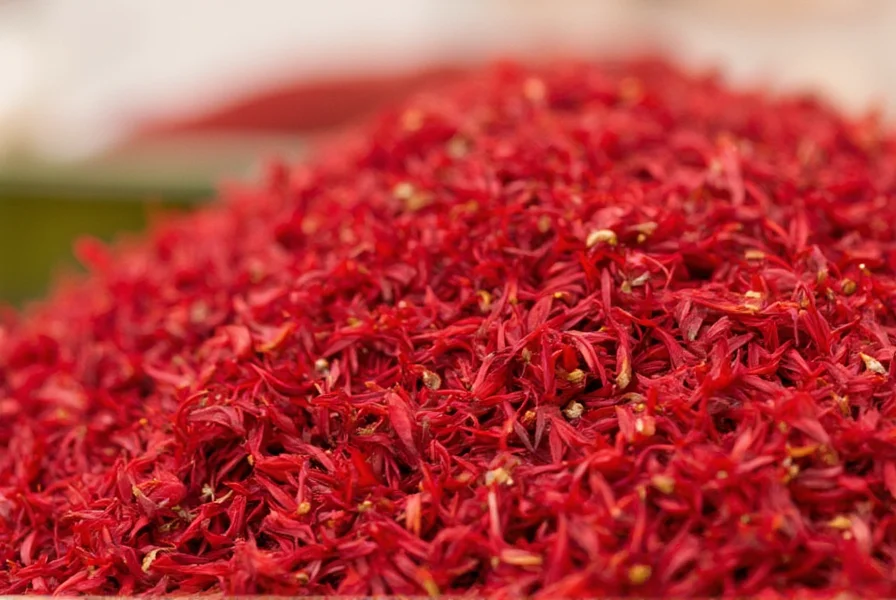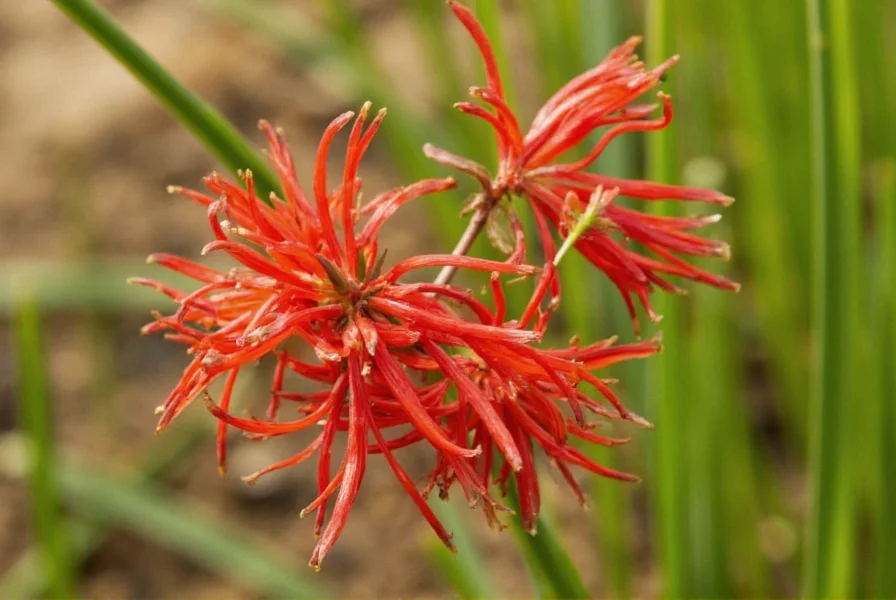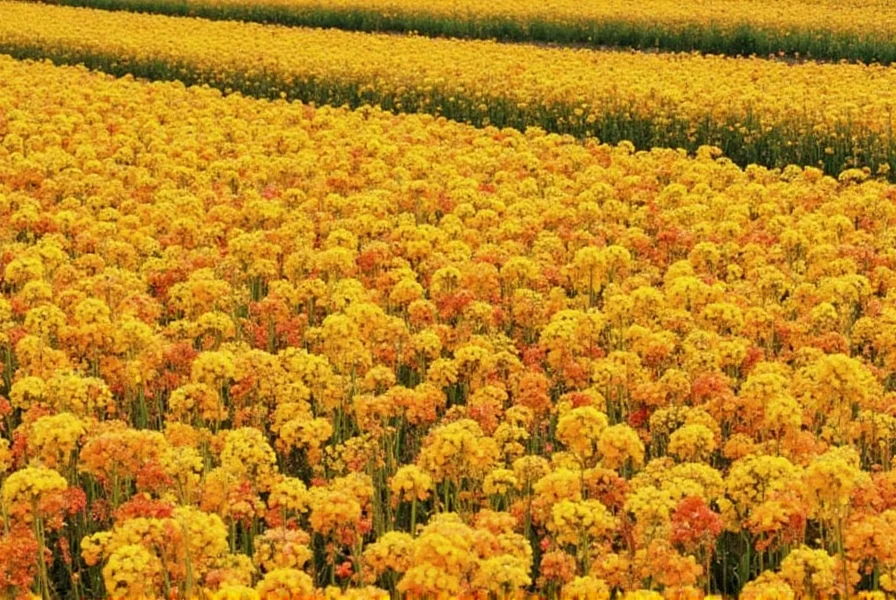Saffron, the world's most expensive spice by weight, comes from the delicate stigmas of the Crocus sativus flower. Understanding where saffron grows reveals why this spice commands such premium prices and distinctive qualities. The geographic concentration of saffron cultivation directly impacts its flavor profile, color intensity, and market value.
Primary Saffron Growing Regions
While saffron cultivation spans multiple continents, production is remarkably concentrated. Iran dominates global saffron production, accounting for an estimated 85-90% of worldwide output. Within Iran, the Khorasan region produces the highest quality saffron, particularly around the cities of Mashhad and Torbat Heydarieh. Iranian saffron is prized for its deep color and strong aroma.
Other significant saffron growing regions include:
- Spain - Primarily in the La Mancha region, producing high-quality saffron with Protected Designation of Origin status
- India - Mainly in the Kashmir Valley, where unique microclimates produce saffron with exceptional coloring strength
- Greece - Particularly on the island of Krokos, producing PDO-protected saffron
- Morocco - In the Taliouine region, with distinctive harvesting traditions
- Afghanistan - Emerging producer with growing output in Herat province
| Country | Global Production Share | Key Growing Regions | Distinctive Characteristics |
|---|---|---|---|
| Iran | 85-90% | Khorasan Province | Deep red color, strong aroma, high crocin content |
| Spain | 3-5% | La Mancha | Milder flavor, Protected Designation of Origin |
| India | 3-4% | Kashmir Valley | Exceptional coloring strength, unique terroir |
| Greece | 1-2% | Krokos, Macedonia | PDO protected, balanced flavor profile |
| Morocco | 1% | Taliouine | Traditional harvesting methods, vibrant color |
Climate and Soil Requirements for Saffron Cultivation
The saffron crocus has specific environmental needs that limit where saffron can successfully grow. Understanding these requirements explains why saffron cultivation remains geographically concentrated despite global demand.
Temperature requirements: Saffron crocus bulbs require hot, dry summers (25-35°C/77-95°F) to properly develop, followed by cold winters (down to -15°C/5°F) to trigger flowering. The autumn flowering period needs mild temperatures around 15-20°C (59-68°F).
Rainfall patterns: Moderate rainfall (400-600mm annually) is essential, with critical moisture during the flowering season in October-November. Too much rain during harvest can damage flowers, while drought conditions reduce yield.
Soil composition: Well-drained, calcareous (lime-rich) soils with a pH between 6 and 8 are ideal. Heavy clay soils retain too much moisture and can cause bulb rot, while sandy soils may not provide sufficient nutrients.
Altitude considerations: Most high-quality saffron grows at elevations between 600-2,000 meters (2,000-6,500 feet). Higher altitudes typically produce saffron with more intense color and flavor due to greater temperature fluctuations.

The Saffron Cultivation Process
Saffron cultivation follows a precise annual cycle that aligns with specific climate conditions in saffron growing regions. The process begins with planting bulbs (corms) in June-July after the previous harvest. These remain dormant through the hot summer months.
When autumn temperatures cool and the first rains arrive in late September or October, the saffron crocus flowers bloom. This flowering period lasts only 2-3 weeks, creating an intense harvest window. Each flower produces just three precious red stigmas, which must be hand-picked at dawn before the flowers fully open.
The labor-intensive nature of saffron harvesting explains much of its high cost. It takes approximately 150,000 flowers (or 4,000-5,000 hand-picked stigmas) to produce just one pound of dried saffron. This meticulous process cannot be mechanized, preserving traditional farming methods in saffron growing regions.
Factors Affecting Saffron Quality by Region
The concept of terroir significantly impacts saffron quality, similar to wine grapes. Regional differences in soil composition, altitude, temperature fluctuations, and traditional processing methods create distinctive saffron profiles:
- Iranian saffron typically has the highest crocin content (responsible for coloring strength), with Iranian Super Negin grade considered the world's finest
- Kashmiri saffron from India develops exceptional coloring strength due to the region's unique microclimate and traditional sun-drying methods
- Spanish saffron often has a more balanced flavor profile with slightly lower coloring strength but excellent aroma
- Greek saffron from Krokos benefits from volcanic soil, producing saffron with distinctive flavor notes
These regional variations explain why chefs and food enthusiasts often specify saffron from particular growing regions for different culinary applications. Understanding where saffron grows helps consumers make informed choices based on their specific needs.
Challenges Facing Saffron Cultivation
Despite its high value, saffron cultivation faces several challenges that affect where saffron can viably grow:
- Climate change impacts: Shifting rainfall patterns and temperature extremes threaten traditional saffron growing regions
- Labor shortages: The intensive hand-harvesting requirement becomes increasingly difficult as rural populations migrate to cities
- Water scarcity: Many saffron growing regions face increasing water stress, affecting crop viability
- Economic pressures: Competition from lower-quality, adulterated products affects legitimate saffron farmers
These challenges have prompted some innovation, with new saffron cultivation attempts in countries like Italy, France, Switzerland, and even the United States (particularly in Pennsylvania and California). However, replicating the distinctive qualities of traditional saffron growing regions remains difficult.

Conclusion
Understanding where saffron grows provides valuable insight into this precious spice's journey from field to table. The geographic concentration of saffron production in specific temperate regions explains both its high cost and distinctive regional variations. As climate patterns shift and agricultural practices evolve, the map of saffron cultivation may change, but for now, the traditional saffron growing regions continue to produce the world's finest saffron through centuries-old methods adapted to their unique environments.











 浙公网安备
33010002000092号
浙公网安备
33010002000092号 浙B2-20120091-4
浙B2-20120091-4